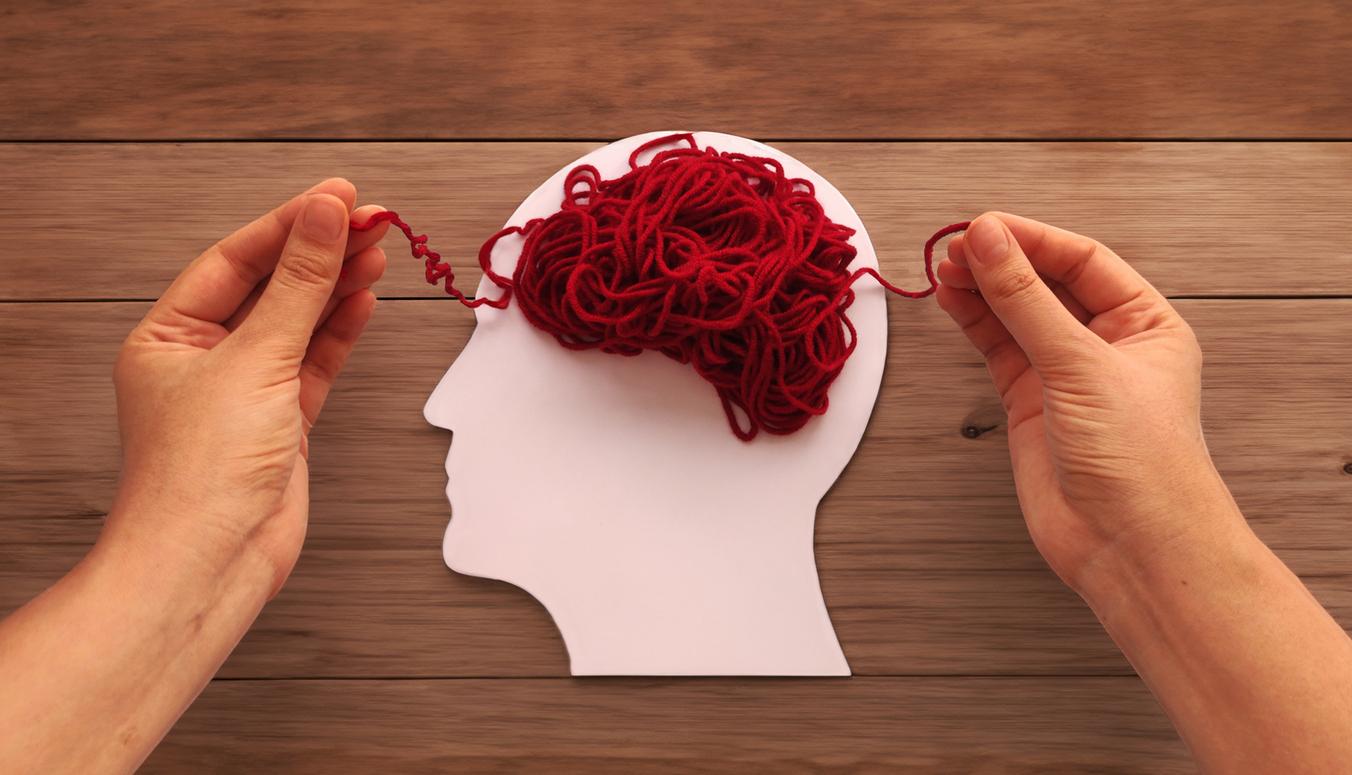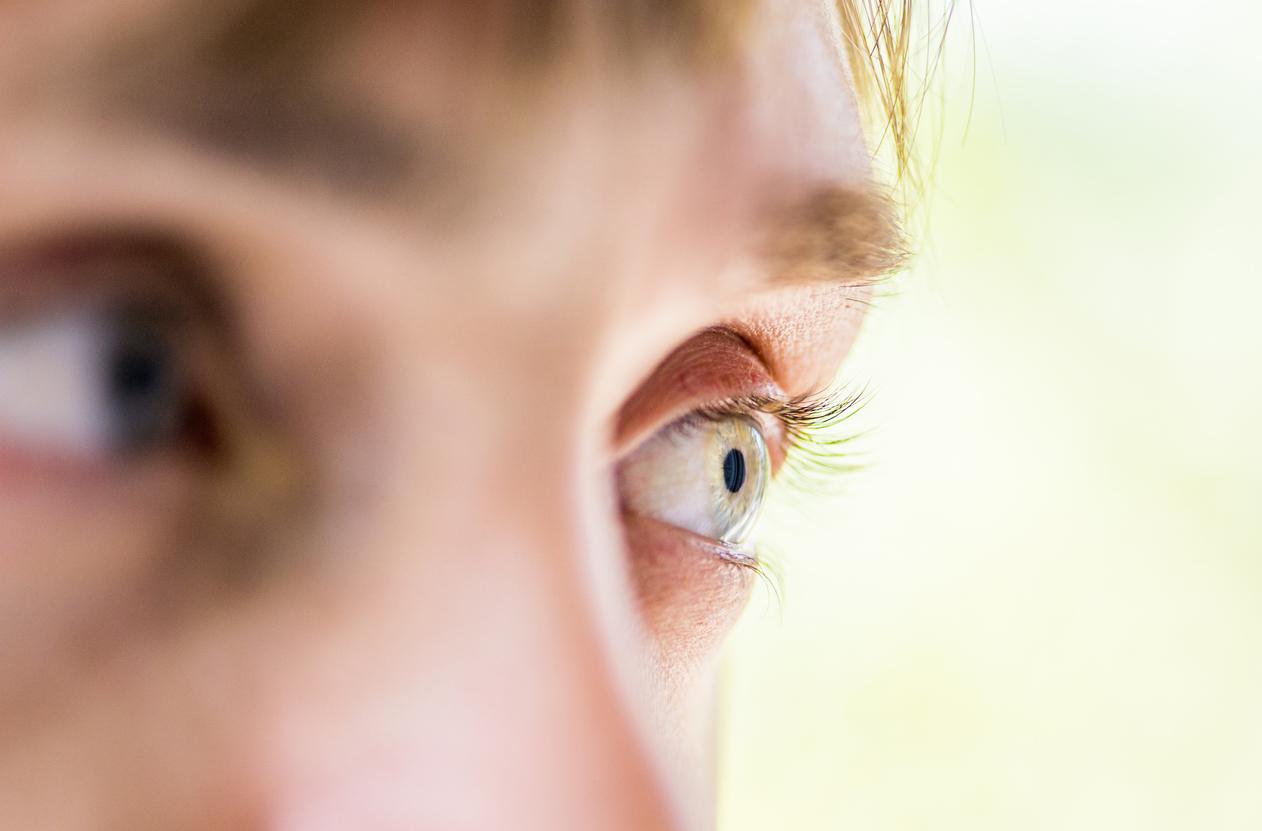Treat the schizophreniaby resynchronizing neurons. This is the path seriously considered by Swiss researchers from the University of Geneva (UNIGE). Their belief is based on the results of an experiment on mice with this psychiatric illness.
For several years, scientists have been considering the hypothesis of a desynchronization of the neuronal networks at the origin of this pathology. But the cellular cause remained unknown. It is this cellular mechanism that interested researchers from the University of Geneva (UNIGE). The team succeeded in deciphering the cellular process leading to the desynchronization of neurons. In a sick adult mouse, they succeeded in suppressing the abnormal behaviors associated with schizophrenia by correcting this neuronal “defect of organization” in the hippocampus, a cerebral region involved in particular in memory.
The researchers started from the observation that in the brains of sick mice, the neurons show the same level of activity as healthy mice. On the other hand, the nerve cells of schizophrenics turn out to be totally uncoordinated, as unable to communicate correctly with each other.
Stimulate inhibitory neurons to suppress symptoms
“The organization and synchronization of neuronal networks is achieved through the intervention of subpopulations of inhibitory neurons, in particular parvalbumin neurons”, explains Alan Carleton, professor in the Department of Basic Neurosciences at the Faculty of Medicine of the UNIGE and author of the works, on the UNIGE website. “However, in this animal model of schizophrenia, these neurons are much less active. Without the correct inhibition that makes it possible to control and structure the electrical activity of the other neurons in the network, anarchy thus reigns supreme.”
To restore order in these networks, the researchers therefore stimulated these dysfunctional inhibitory neurons. This resynchronization, necessary for the normal functioning of the neural networks, worked: it made it possible to suppress symptoms linked to schizophrenia, in this case the lack of hyperactivity and the memory deficit.
A therapeutic path even in adulthood
For the researchers, this discovery could lead to therapeutic intervention, including in adulthood. “Schizophrenia arises […] at the end of adolescence, even if the alterations are very probably present from the neurodevelopmental stage. According to our work, reinforcing the action of a weakly active inhibitory neuron, even after having passed the periods of brain development, could be enough to restore the proper functioning of the neuronal networks and make certain pathological behaviors disappear”, suggests Alan Carleton.
The results of this work have been published in the journal nature neuroscience.
Schizophrenia is a psychiatric disorder disabling condition which most often occurs between the ages of 15 and 25. Its symptoms vary from one patient to another: feeling of persecution (paranoia), megalomania, delusions, visual or auditory hallucinations. It leads to social isolation and cognitive difficulties such as memory problems or difficulty planning simple tasks. In France, 600,000 people suffer from schizophrenia.
Read also
Schizophrenia: a still high risk of suicide
Schizophrenia: detecting it electrically
An interactive experience to better understand schizophrenia


















